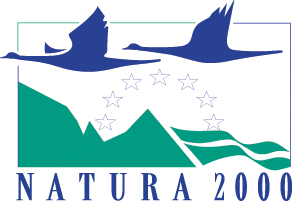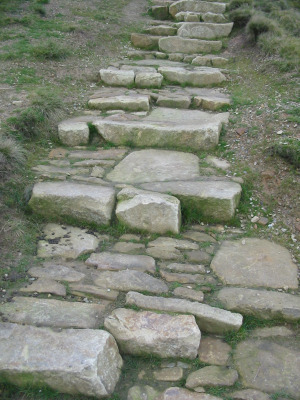Blocking drainage channels
We built 16,432 mini dams to block over 107 km of drainage channels.
The purpose of blocking drainage channels is to rewet the moors and reduce peat loss from them. The dams also slow the flow of water off the moors. This can help reduce flooding downstream.
We use a variety of dam types depending on the situation. Stone dams – made of rocks about the size of a brick – are ‘leaky’, so they slow water down, allowing peat to accumulate behind them (rather than being transported down into waterways). They’re good for use in deep channels where bedrock has been reached. Peat dams are impermeable so they cause pools to form behind them. They blend into the landscape well because they are made from peat and blanket bog vegetation.
Gullies are channels caused by the erosion of peat. Bare peat is prone to erosion as it lacks a protective layer of vegetation. Grips are man-made drainage channels, the legacy of a time when the received wisdom was that a drier, drained moor could be more productive.
We’re pioneering the use of bunds – long, shallow peat dams – to help keep water on the moors. This will result in a wetter, boggier moor that will better support typical blanket bog species and is, therefore, more likely to become ‘active’ – building peat and locking in carbon. Find out more about our bunds trial here.
Raising the water table
Read more about how we work with water to restore the wet conditions of healthy blanket bog
You may also be interested in...
Funded by





